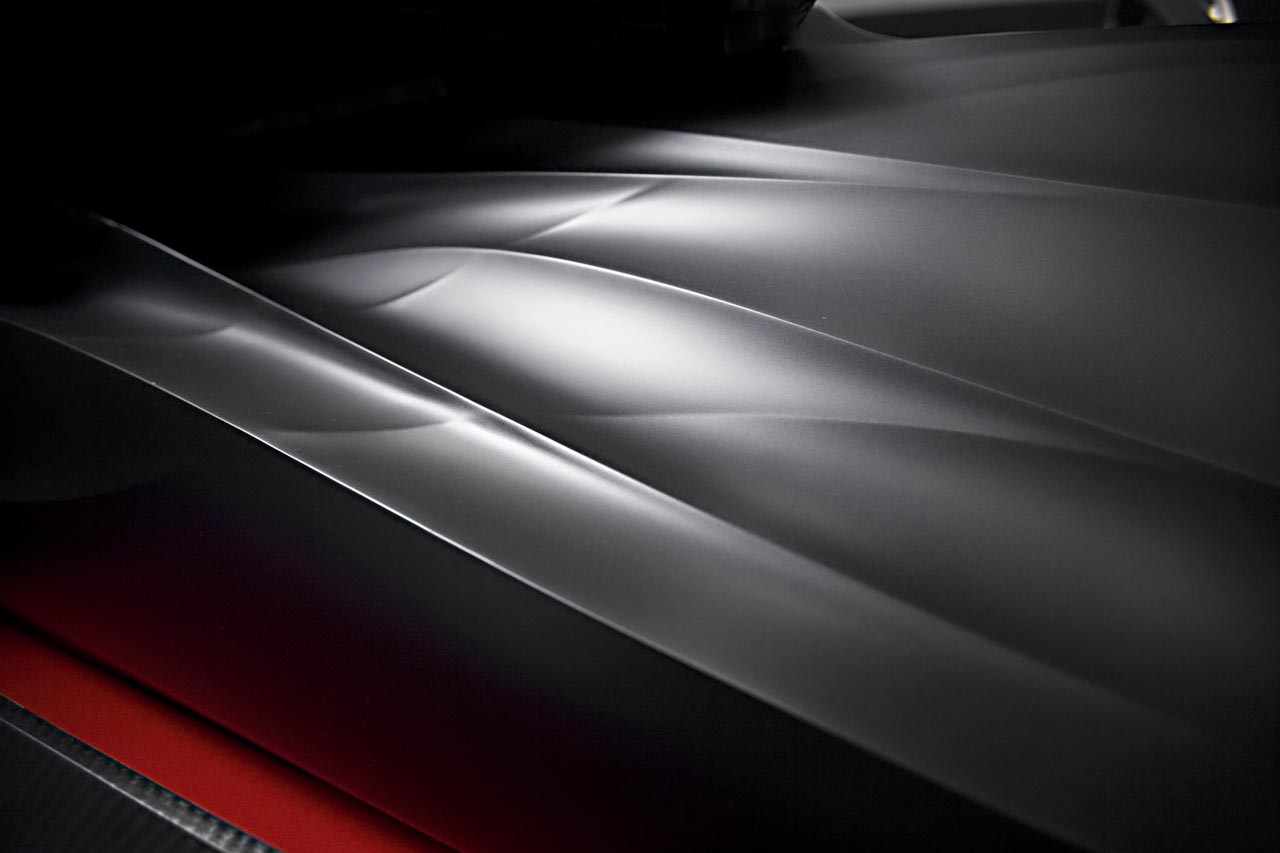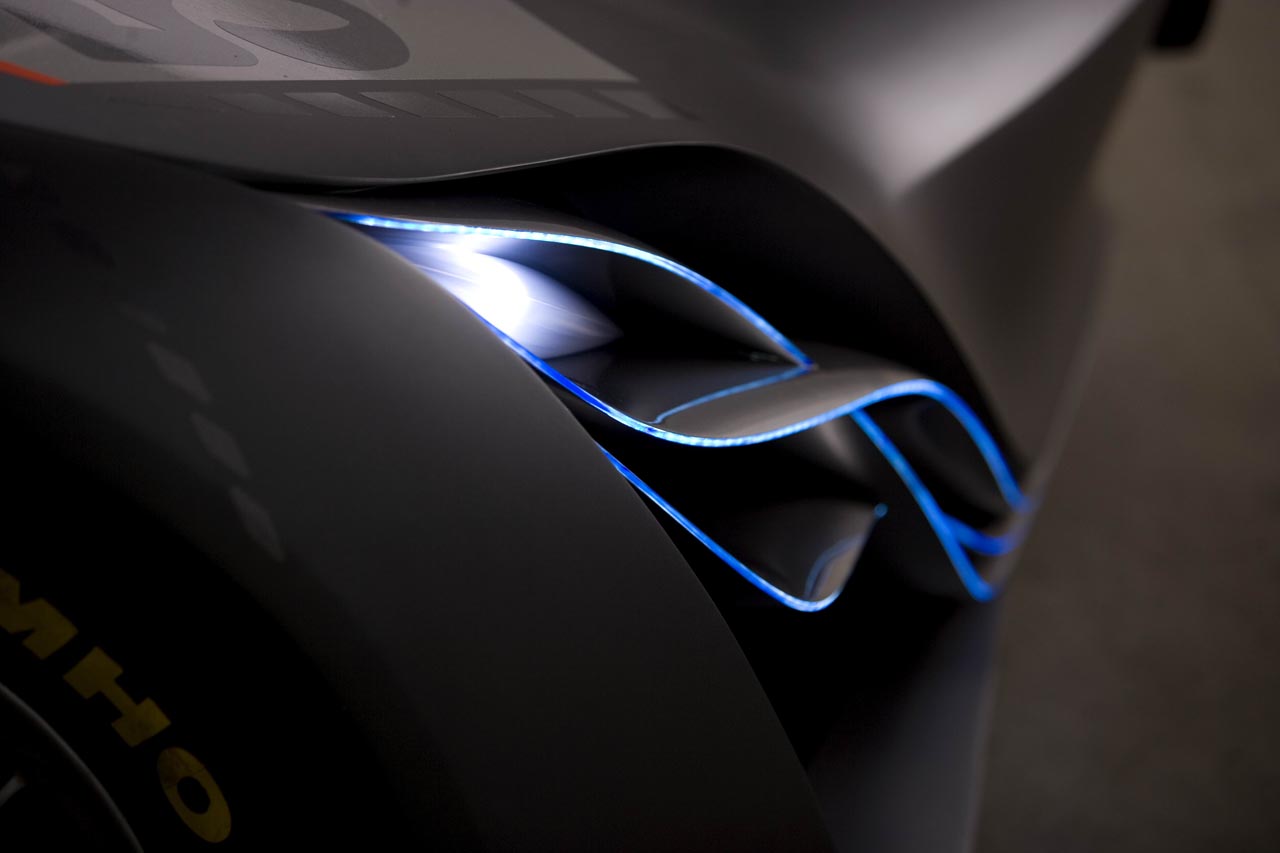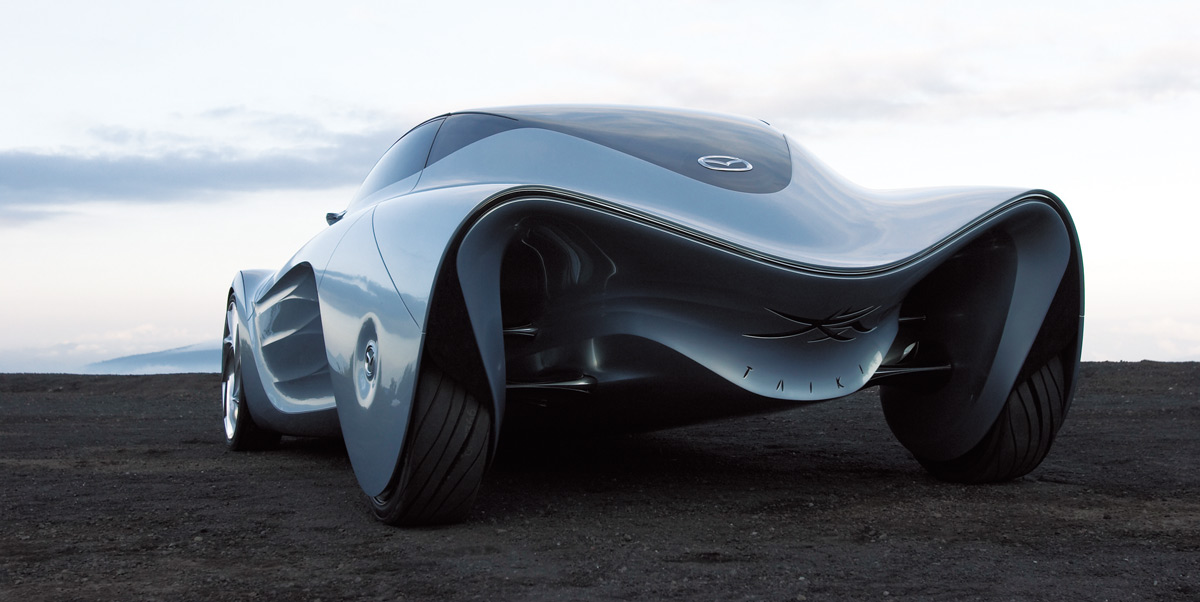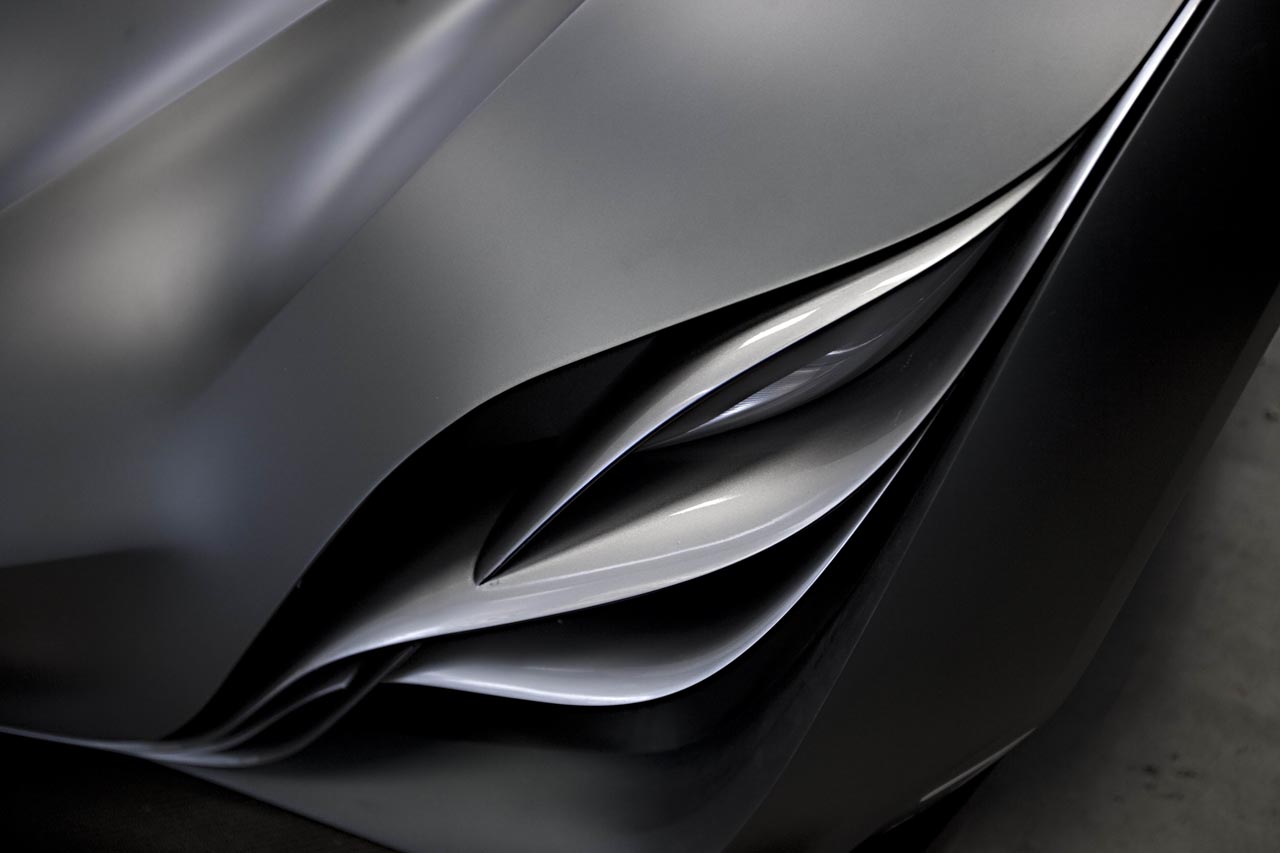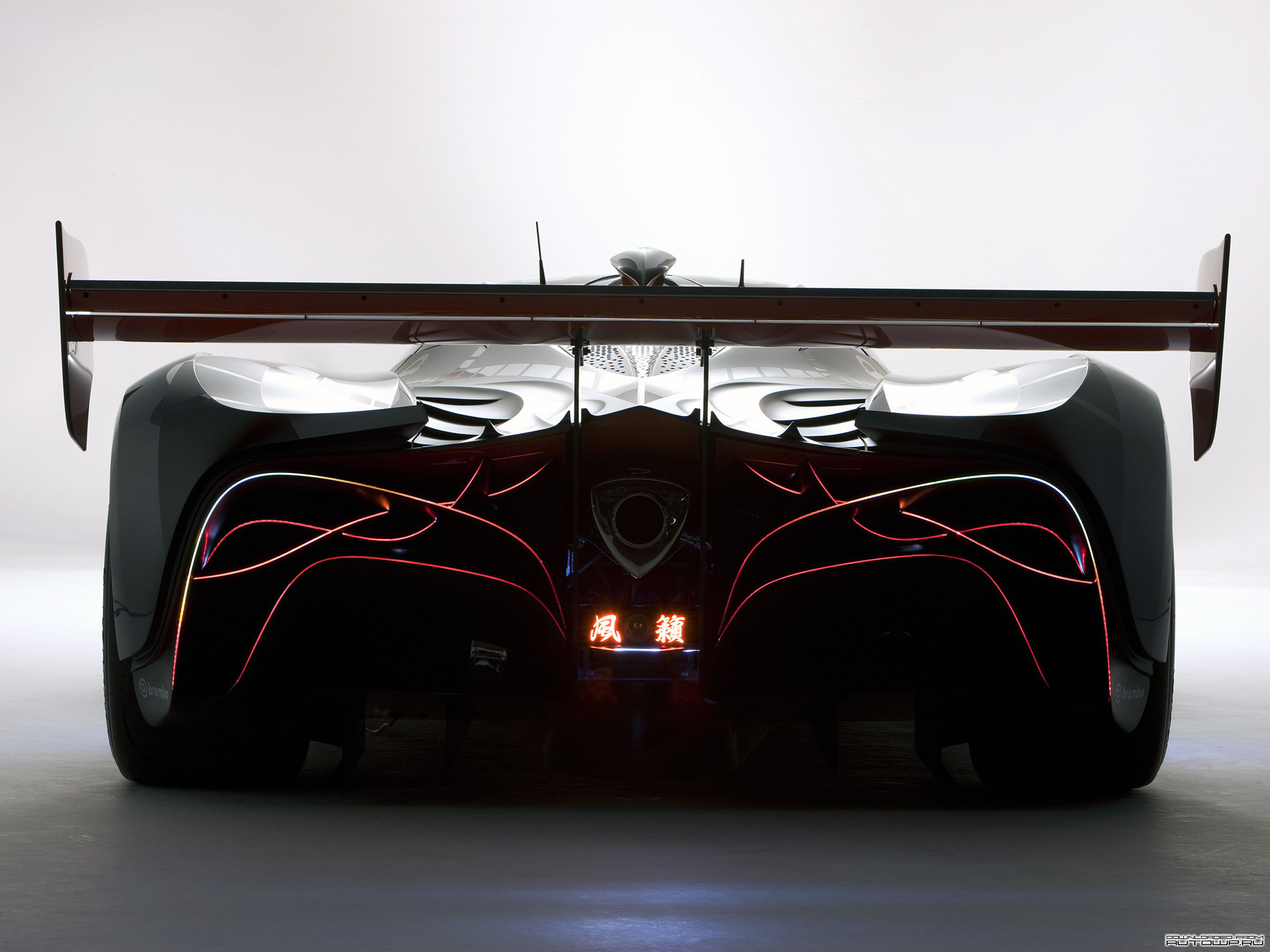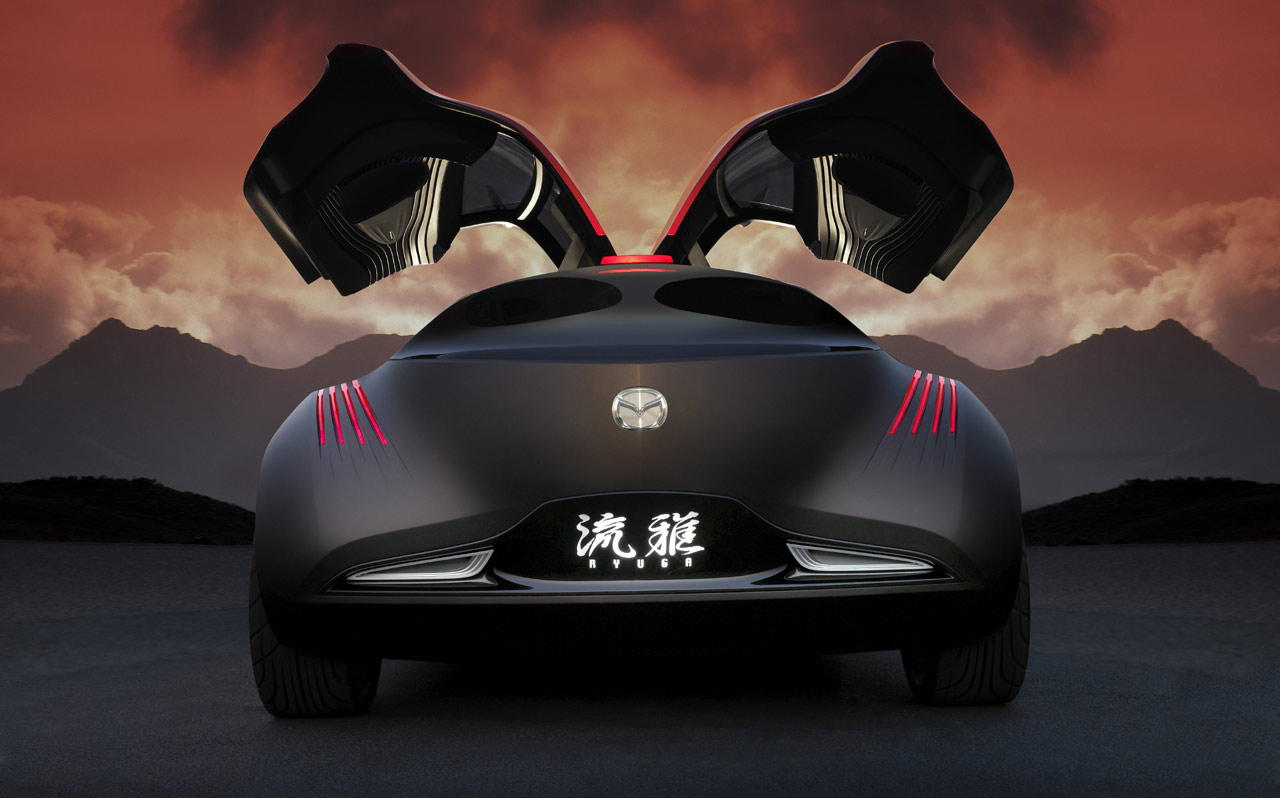Motor manufacturers tend to wow us with breathtaking concepts years in advance of their roadgoing production models. When they finally arrive the wheels have shrunk, the lights have been simplified, the interior materials and form are usually unrecognisable from our first glimpse.
More importantly, however, is the fact that in many cases the defining moment, the first glimpse that made our jaws drop, has somehow been syphoned off and stored away for the next concept’s outing.
Other than a plethora of supercars that inevitably benefit from a combination of low volume and high list price, the model that stands out as a genuine concept to production reality is the original Audi TT. The latest version may well be a more accomplished package, dynamically and technically, but it does feel as if it has now had the corporate DNA grafted on in much the same way as an A8 is a larger A6 is a larger A4.
This brings me to the current state of the automotive industry and how it seems to be approaching the art of the concept car. Two heros stand out for me – Citroën for interiors and Mazda for exteriors. I’ll talk more about Citroën in a later post (when I have more news on the forthcoming DS range). For now, I’d like to concentrate on the strides made by Mazda over the past 3 years.
With the departure of design chief Laurens van den Acker to the post of Vice President of Renault Corporate Design, Mazda’s new Head of Global Design Ikuo Maeda has quite a legacy to uphold. The current inspirational series of concepts – Ryuga, Hakaze, Nagare, Kazamai, Furai and Taiki – were overseen by van den Acker after inheriting the post from Moray Callum (Jaguar Design Director Ian Callum’s younger brother).
Mazda’s design language ‘Nugare’ (Japanese for ‘flow’ and ‘the embodiment of movement’) takes its inspiration from the movement of natural forces such as wind and water, characterised by intricate surface panels that move BMW’s flame surfacing to a whole new level.
Beautiful textures enhanced by light and shade have taken cues from geological flow patterns, Japanese raked gardens, sand dunes and the natural flow of air. A mixture of highly polished and matt finishes, intricately carved LED lights and a colour palette that includes more than the customary white that seems to adorn most concept and production launches seals Mazda’s position as one of the automotive industry’s major design players.
So have any of these ground-breaking design cues found their way to Mazda’s range of production cars? The front grills are beginning to receive the angular treatent, as are the extended front wings. Anything else? Disappointingly not. Maeda San has a lot to live up to with his next concept but he has an opportunity to make a name for himself as the man who brought Nugare to the masses.
